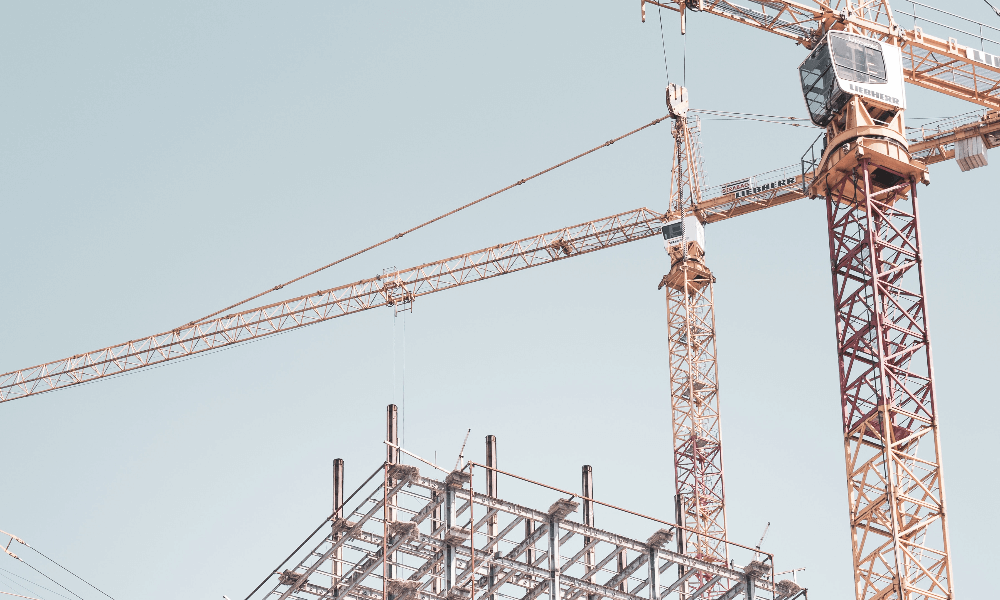Architectural masterpieces have been known to us since ancient times, made of materials that have withstood the test of time. But throughout the years, architecture has also shifted, combining continually developing technology with traditional stone structures.
Metal plays a significant part in the constantly developing field, which is still used while designing current buildings. Metal is a versatile, flexible, and transformable material, which is why preference is given to this material, even in the selection of certain furniture for the apartment (metal railings, beds, etc.).
The Development of Metals in the Field of Architecture
Since they are known for their strength and durability, metals like bronze and iron have often been utilized for architecture. But it wasn’t until the inventions of the 20th and 21st centuries that builders started discovering and making use of the full potential of metal, used as an element of structure and as a component of design.
Due to the growing demand for stable, durable, and attractive structures, metals have transitioned from being part of hidden support to dominant architectural elements.
Metal Handrails: A Fusion of Function and Style
One of the uniqueness of metal features is the metal handrails. In the past, the metal handrails were thought of as functional structures that served as guiding and supporting particles. The metal railings have evolved far from their initial intent to be used as an intersection between functionality and beauty, increasing both the interior’s security and visual impact.
Modern metal handrails are made to a high level of precision, and they can also be used in homes to suit the preferred style of living. They’ve found their way into public transportation hubs, museums, and art galleries, guiding visitors into the arms of history.
We can say that metallic handrails are features that can shape a space, making it more modern and sophisticated.
Other Architectural Elements
As a case study, consider how the cladding, roofing, facades, and even decorative components all serve a practical purpose while also giving the structure an additional layer of innovation and creativity.
Spaces with a large amount of metal can also create reflective surfaces, bringing more light availability and dynamic interaction between the building and its surroundings. At the same time, metals can be melted to produce a variety of coatings that provide depth and texture.
The versatility of application allows metals to find new uses. The flexibility of metalworking techniques ensures continuous development and refinement.
Environment, Metal, New Techniques
Metals are recyclable by nature, due to which they are highly used in architecture. For example, steel is considered one of the most recyclable materials. From an environmental point of view, the ability to recycle and reuse metals without significantly reducing their properties is a great advantage.
The role of metal in modern architecture is similar to the role of paint in art. It provides not only strength and structure, but also the means to convey emotion, intent, and vision. These elements emphasize the bold direction of the architecture, from the delicacy of the modern metal handrails to the grandeur of the metal windows.
When observing the voluminous curves of railings or the perfect appearance of skyscrapers, it becomes obvious the great influence and role of metal in various constructions and even furniture making.
Metal Bed
Metal furniture, with its variety of decoration and forms, has established a strong foundation in modern interior design. Metal furniture includes metal beds, lamps, and more.
In interior design, the metal mattress is widely used because of its combination of various styles and durability.
Metal Furniture. The Advantages
- Durability: By its very nature, metal is a strong and durable material that can retain its shape for years and even centuries.
- Care: Unlike other materials, metal can be easily cleaned and repainted if discolored.
- Appearance: It is possible to get almost any style from metal, thereby giving the interior a preferred look.
Serving humanity for centuries, metal and metalworking continue to develop, reaching new heights. Metalworking techniques are being transformed, thanks to which it becomes possible to create more complex metal constructions capable of raising the horizons of anyone’s imagination.
So, the field of metalworking continues to develop, and creative minds add new possibilities to create new metal items and facilities.

